Description
Similar to garlic chives but with an onion flavor.
$1.80 – $62.35Price range: $1.80 through $62.35
Similar to garlic chives but with an onion flavor.
Seeds/ounce – 18,000
Pkt Weight – 1/28
Similar to garlic chives but with an onion flavor.
| Options | 1 lb, 1 oz, 1/4 lb, 1/4 oz, packet |
|---|

The leaves can be used in salads, or to make soup, and the roots can be eaten as a vegetable.
Seeds/ounce – 8,700
Pkt Weight – 1/128
I do not have an image for this product. If you buy and raise this product this year and send me an image of it, I will give you a free pack for next year. Send to” errolahlers@morgancountyseeds.com. Please include your name, address, and product name.
The leaves can be used in salads, or to make soup, and the roots can be eaten as a vegetable.
Seeds/ounce – 8,700
Pkt Weight – 1/128
I do not have an image for this product. If you buy and raise this product this year and send me an image of it, I will give you a free pack for next year. Send to” errolahlers@morgancountyseeds.com. Please include your name, address, and product name.
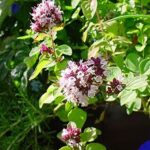
Greek oregano tends to be the most savory and earthy, while Italian is milder. Greek Oregano’s flavor is hot and peppery. Its spicy yet refreshing flavor contributes to Italian, Greek, and Spanish cuisine, as well as Mexican.
Oregano is a perennial growing to 20 inches, with pink flowers and spade-shaped, olive-green leaves.
Seeds/ounce – 125,100
Pkt Weight – 1/128
Greek oregano tends to be the most savory and earthy, while Italian is milder. Greek Oregano’s flavor is hot and peppery. Its spicy yet refreshing flavor contributes to Italian, Greek, and Spanish cuisine, as well as Mexican.
Oregano is a perennial growing to 20 inches, with pink flowers and spade-shaped, olive-green leaves.
Seeds/ounce – 125,100
Pkt Weight – 1/128
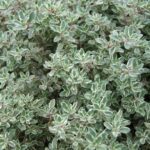
Thyme is best cultivated in a hot, sunny location with well-drained soil.
Seeds/ounce – 170,000
Pkt Weight – 1/168
Thyme is best cultivated in a hot, sunny location with well-drained soil.
Seeds/ounce – 170,000
Pkt Weight – 1/168
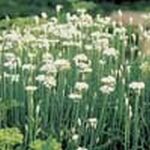
Both leaves and the stalks of the flowers are used as a flavoring in a similar way to chives.
Seeds/ounce – 8,000
Pkt Weight – 1/28
Both leaves and the stalks of the flowers are used as a flavoring in a similar way to chives.
Seeds/ounce – 8,000
Pkt Weight – 1/28
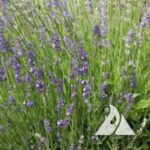
Lavenders flourish best in dry, well-drained, sandy or gravelly soils in full sun.
Seeds/ounce – 26,000
Pkt Weight – 1/128
Lavenders flourish best in dry, well-drained, sandy or gravelly soils in full sun.
Seeds/ounce – 26,000
Pkt Weight – 1/128
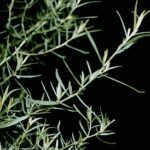
Tarragon (Artemisia dracunculus), also known as estragon, is a species of perennial herb in the sunflower family. It is widespread in the wild across much of Eurasia and North America, and is cultivated for culinary and medicinal purposes.[3][4][5][6]
From Wikipedia, the free encyclopedia
Approximately 150,000 per ounce Pkt about 800
Tarragon (Artemisia dracunculus), also known as estragon, is a species of perennial herb in the sunflower family. It is widespread in the wild across much of Eurasia and North America, and is cultivated for culinary and medicinal purposes.[3][4][5][6]
From Wikipedia, the free encyclopedia
Approximately 150,000 per ounce Pkt about 800

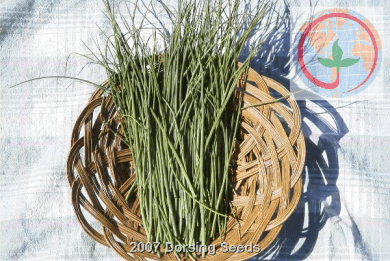

Reviews
There are no reviews yet.